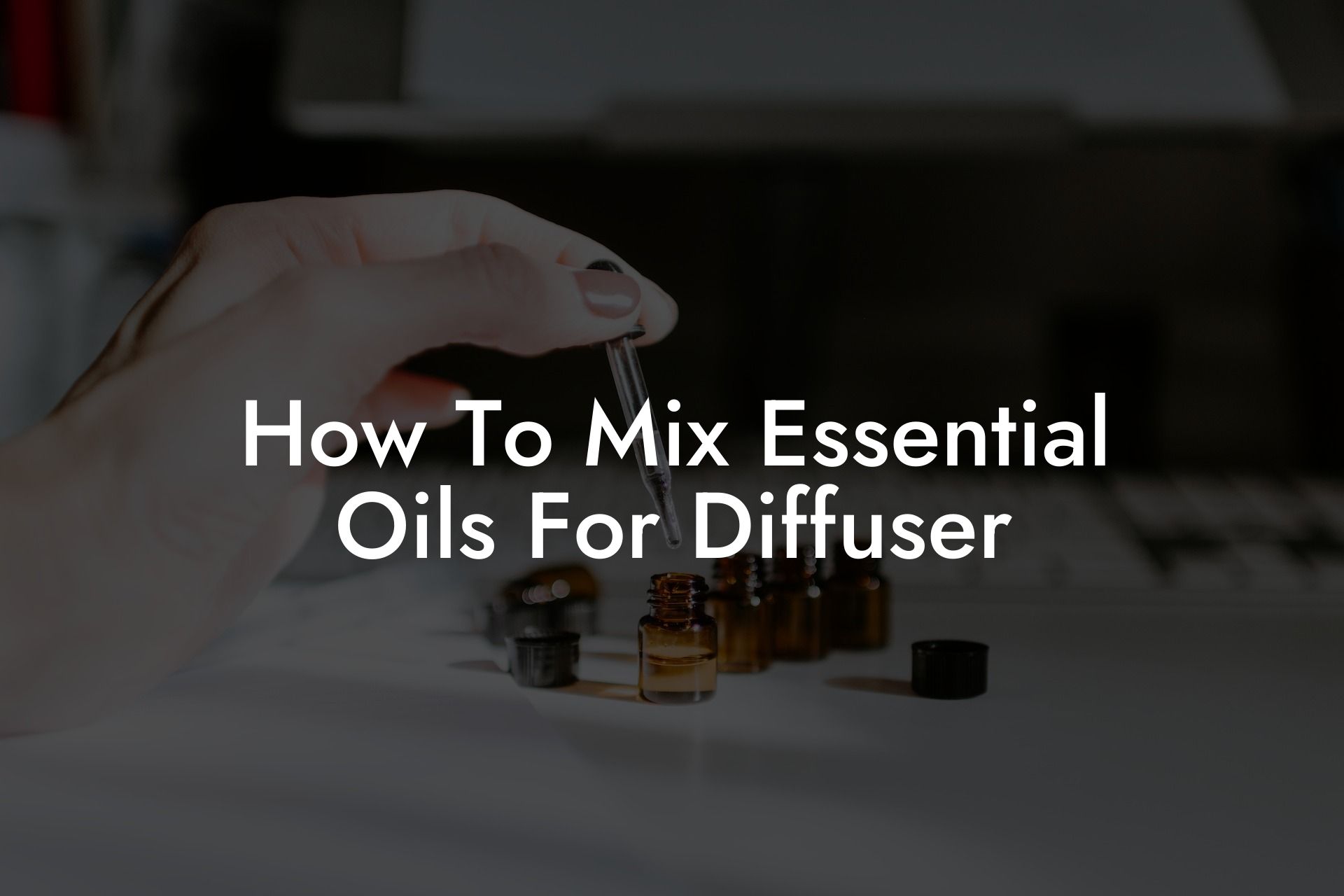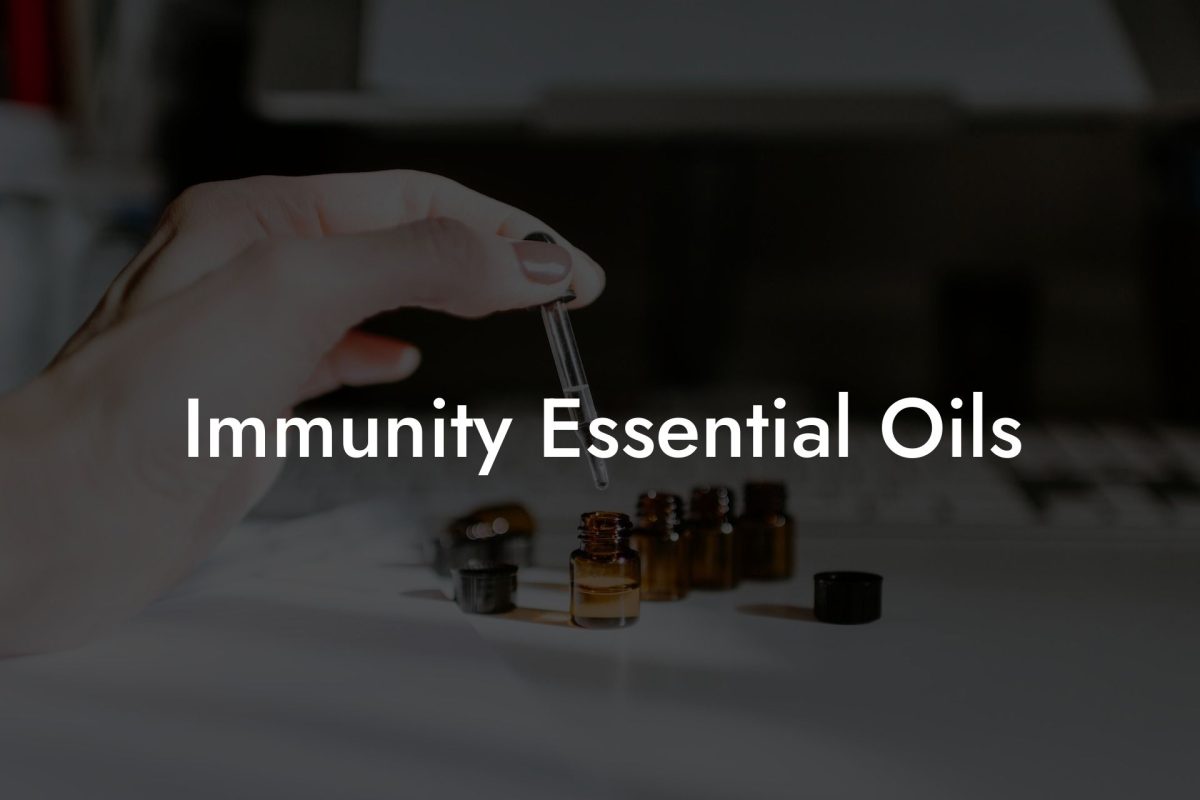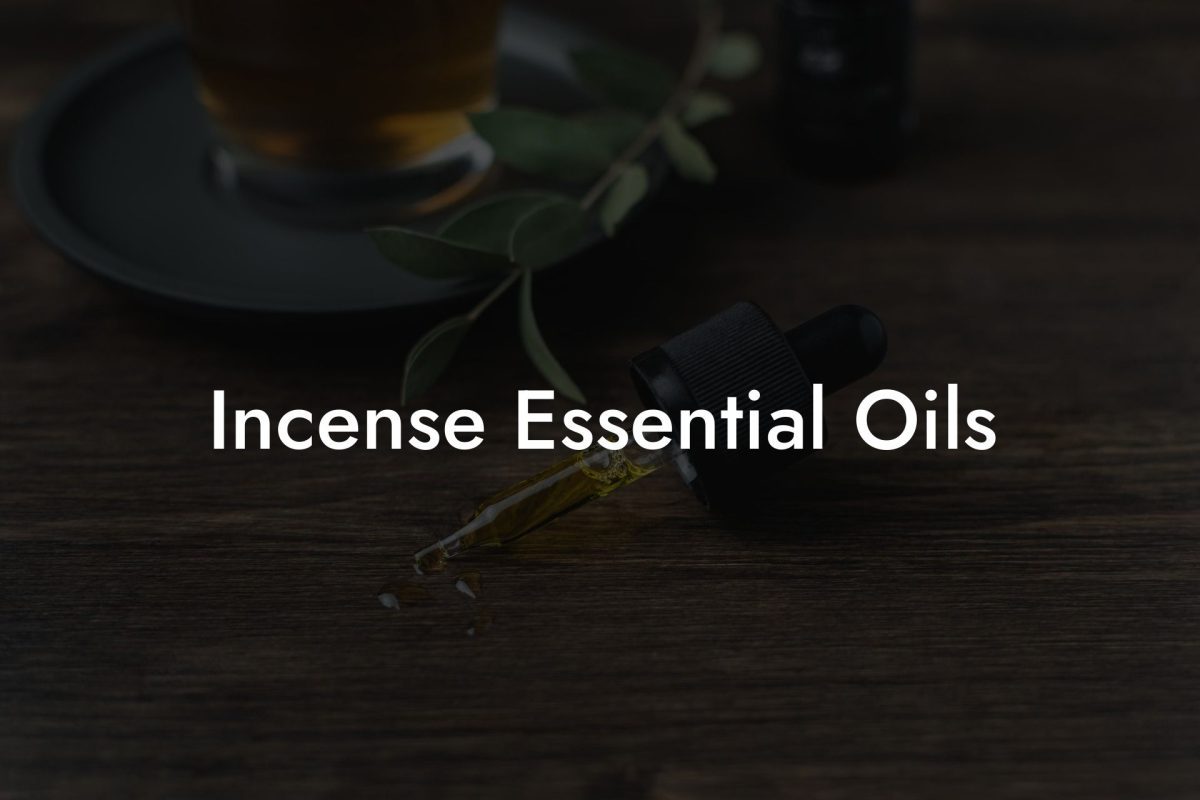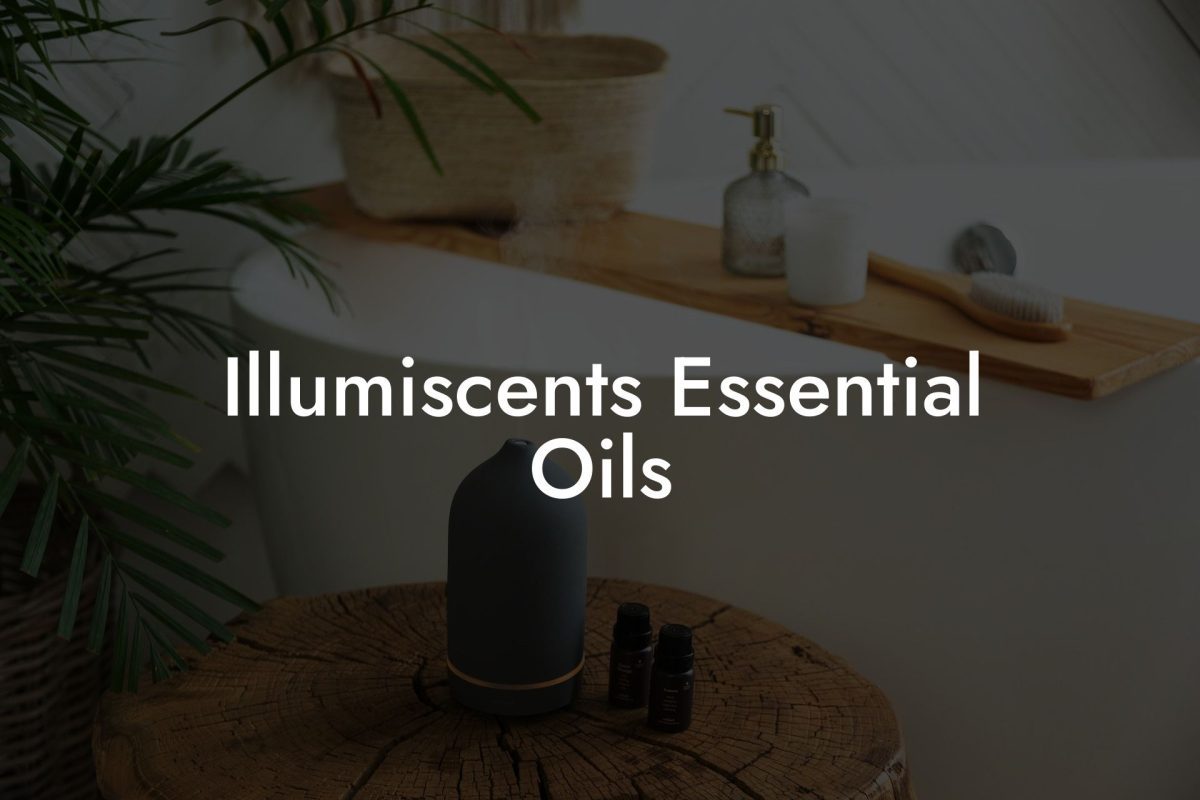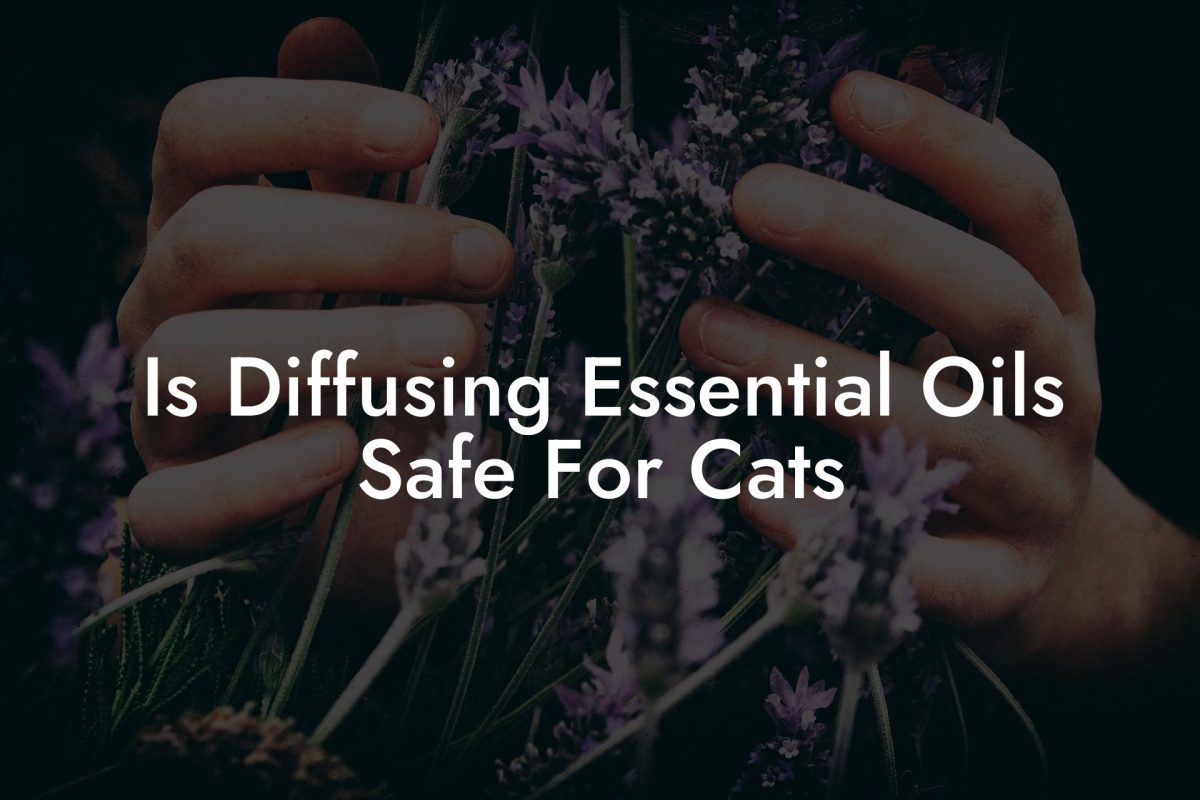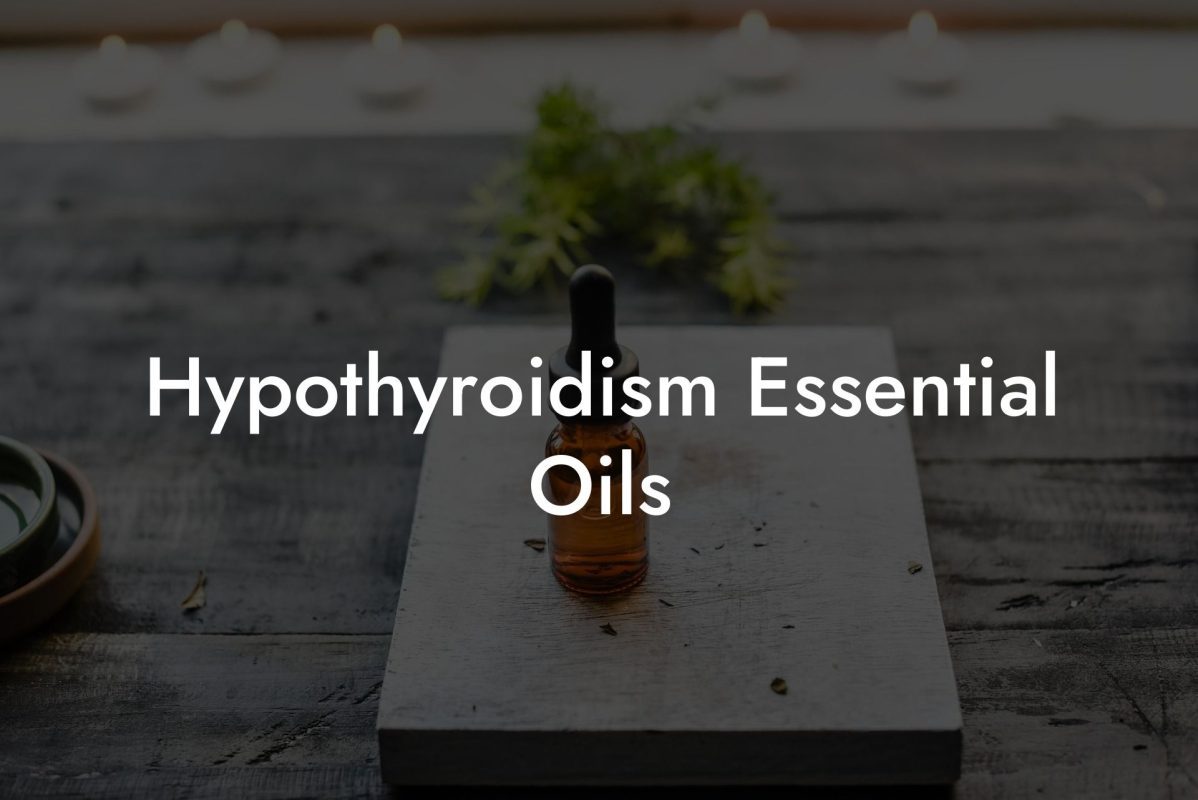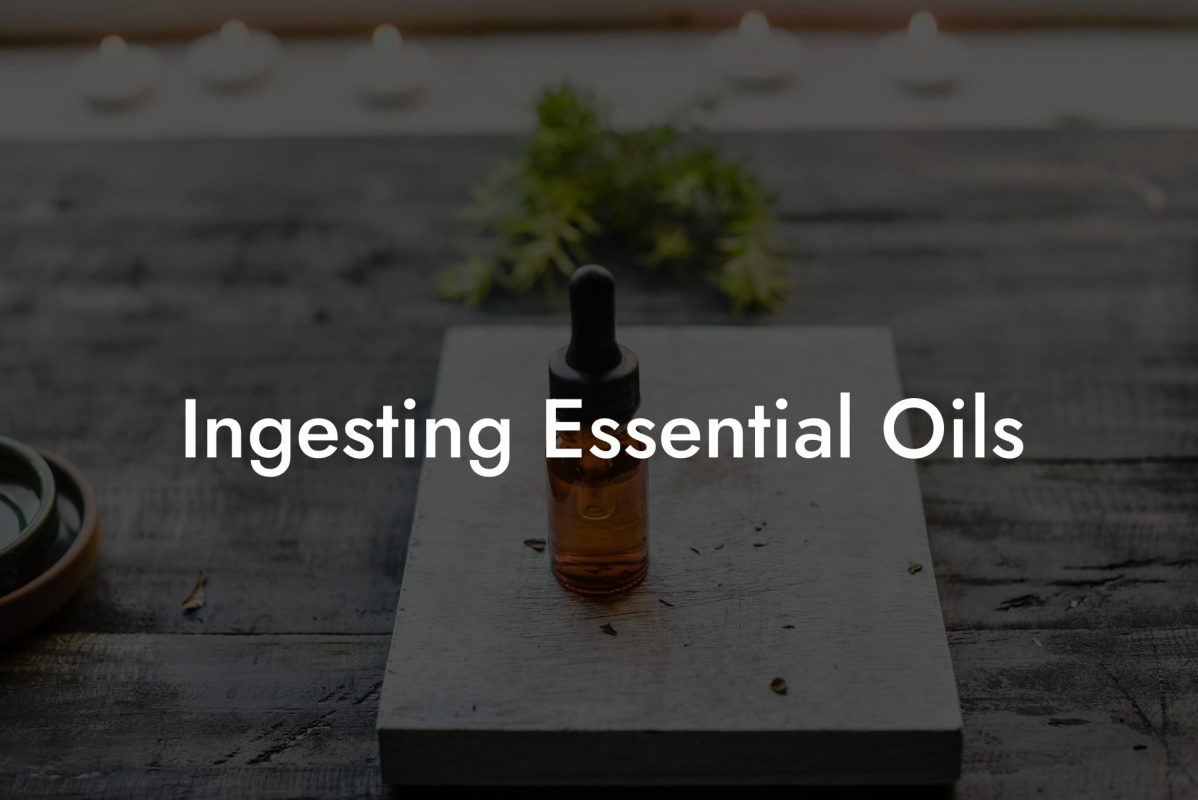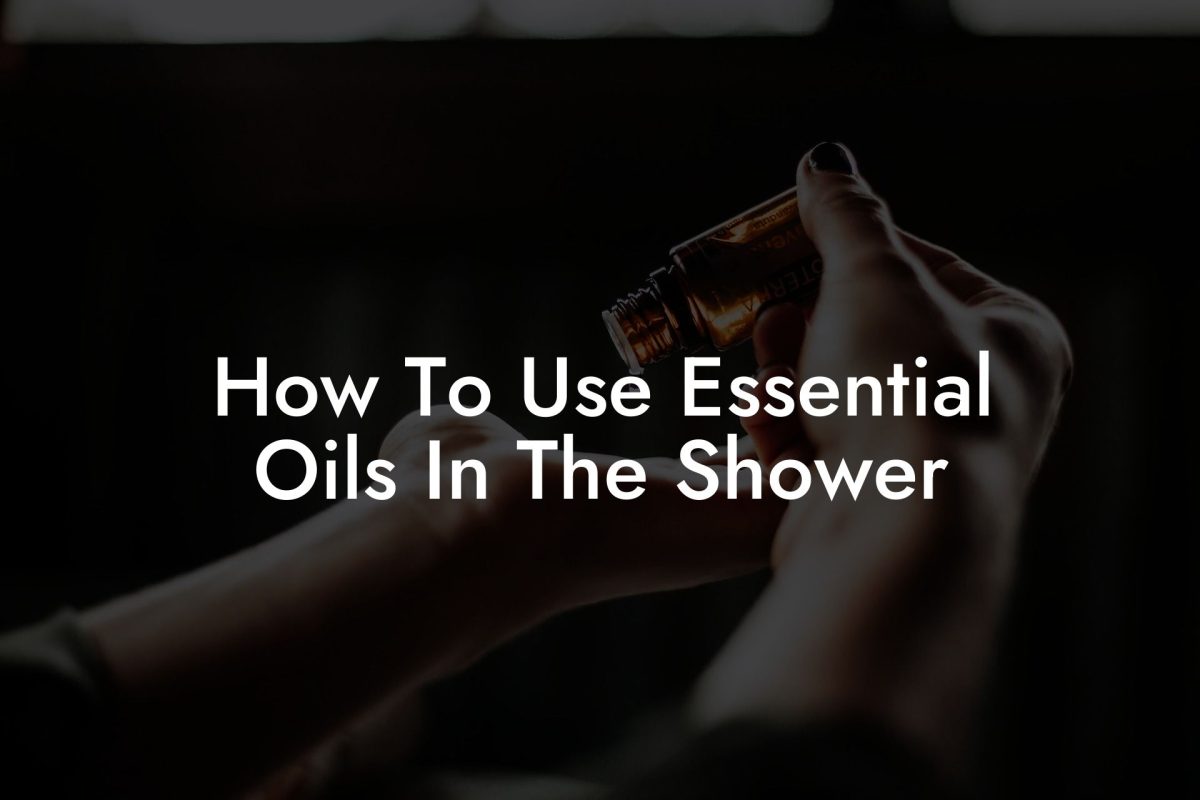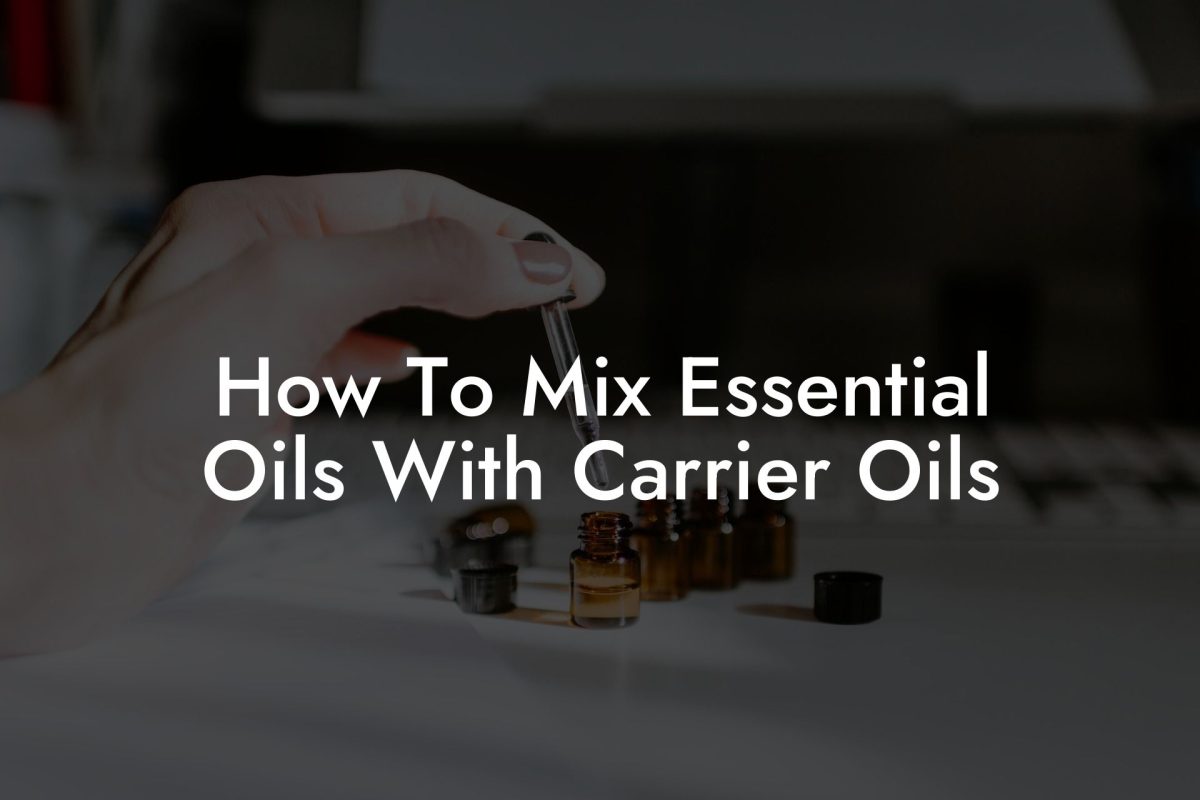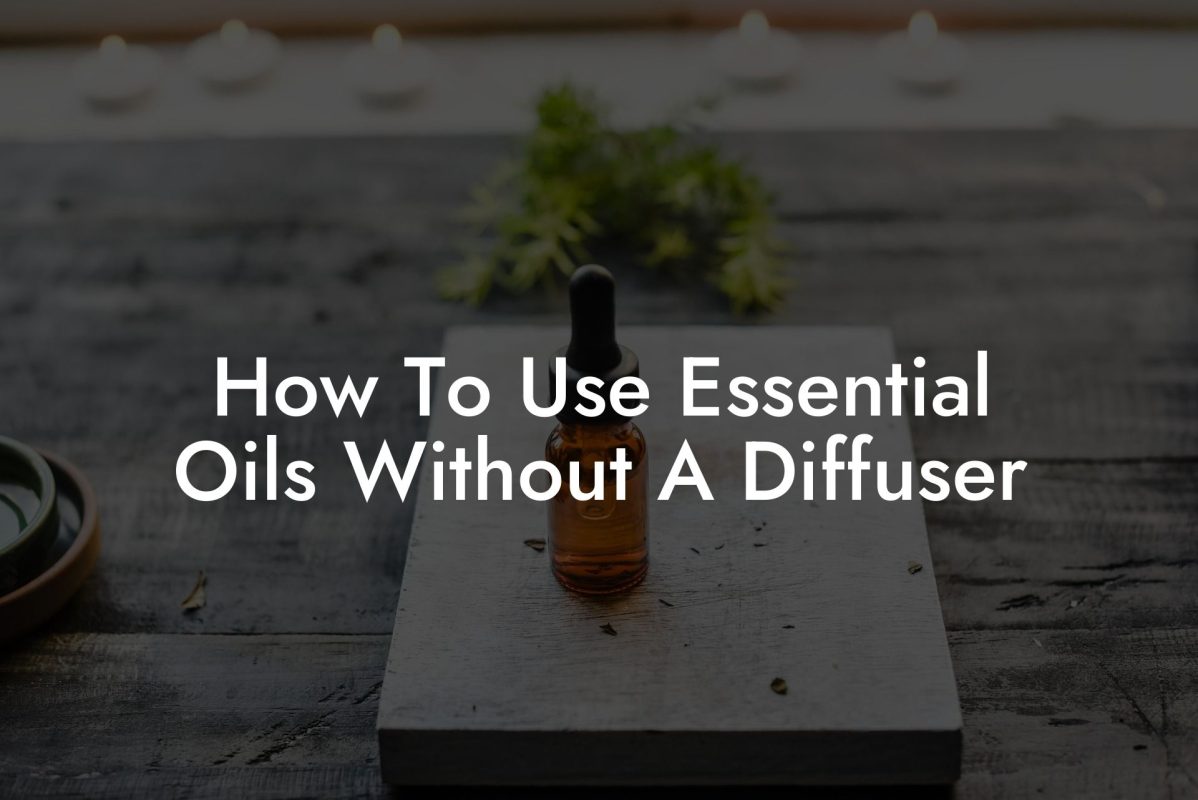Are you curious about how to mix essential oils for your diffuser to achieve a harmonious scent that enhances your mood and well-being? Look no further – in this comprehensive guide, we will uncover the art of blending essential oils to indulge your senses, and support you on your journey to a more balanced lifestyle.
Table of Contents
Understanding Essential Oils
What are essential oils?
- Essential oils are concentrated, volatile liquids extracted from plants. They contain various chemical compounds that provide a myriad of physical, emotional, and mental health benefits.
- These natural oils have been used for centuries in various cultures for their therapeutic properties.
- Commonly used in aromatherapy, essential oils can be inhaled or applied topically (mixed with a carrier oil) to provide various benefits such as improving sleep, relieving stress, or boosting energy levels.
How to choose quality essential oils
- Ensure the oils are sourced from trusted suppliers and are 100% pure with no additives or synthetic ingredients.
- Verify that the plant’s Latin name is listed on the label, which ensures you are purchasing the correct species of the oil.
- Check for the extraction method, as cold-pressed or steam-distilled oils maintain their therapeutic properties better than those obtained through chemical extraction.
The Art of Blending Essential Oils
Understanding scent notes
Before mixing essential oils, it’s essential to understand the three types of scent notes – top, middle, and base notes.
- Top notes are the first scents you detect, and they typically evaporate quickly. Examples include citrus oils like lemon, grapefruit, or bergamot.
- Middle notes comprise the heart of the aroma and tend to last longer than top notes. Examples are lavender, rosemary, and chamomile.
- Base notes are the most prolonged-lasting scents that provide depth and richness to the blend. Examples include cedarwood, patchouli, and sandalwood.
Creating a well-balanced blend
A harmonious blend typically consists of a mixture of top, middle, and base notes. Here are some guidelines to follow:
- Start with a small number of oils (no more than 3 to 4) to avoid overwhelm and gain familiarity with the blending process.
- Use the ratio of 30% top notes, 50% middle notes, and 20% base notes as a rough guideline.
- Dilute the essential oils with a carrier oil such as jojoba oil or sweet almond oil, especially if you plan to apply them to your skin.
- Test the blend on a small area of your skin before using the concoction in your diffuser to ensure you don’t have an adverse reaction.
How To Mix Essential Oils For Diffuser Example:
Creating a Relaxation Blend for a Diffuser:
1. Choose your oils:
- Top note: 2 drops of Bergamot
- Middle note: 5 drops of Lavender
- Base note: 3 drops of Patchouli
2. Combine the oils in a small glass bottle, and shake well to blend.
3. Add the blend to your diffuser following the device’s instructions. Generally, use 3 to 6 drops of the essential oil blend per 100 ml of water.
With these tips and the example above, you now have a deeper understanding of how to mix essential oils for your diffuser and can start experimenting with your fragrant creations. We hope you find joy in exploring different combinations and experiencing the benefits essential oils have to offer. Be sure to share this article with your friends and family to spread the love of aromatherapy. To deepen your knowledge and delve further into the world of essential oils, continue exploring other informative guides on Oshu Oils and discover our premium range of artisan essential earth oils.

